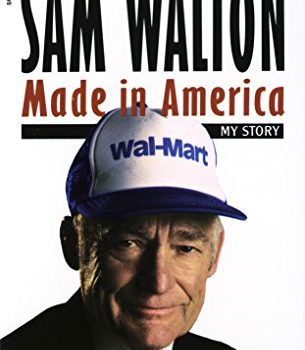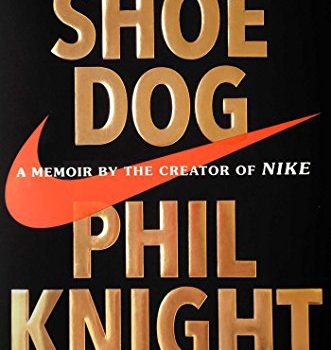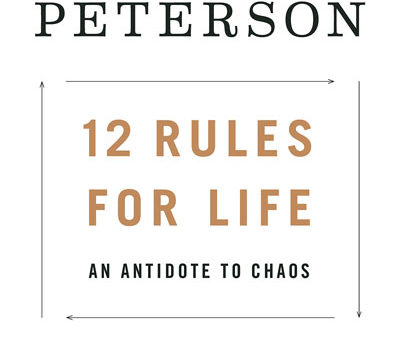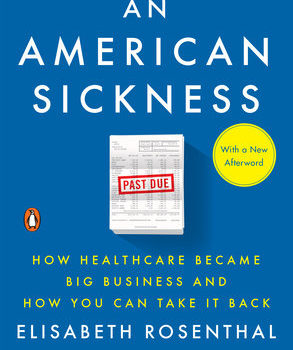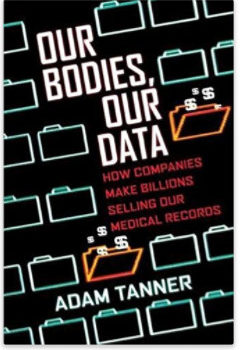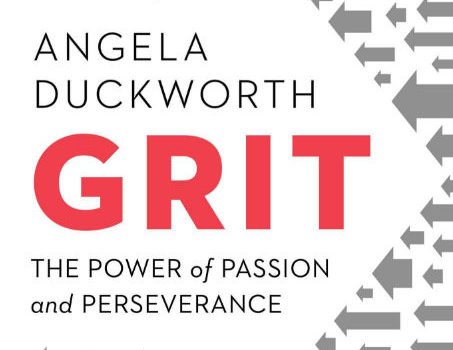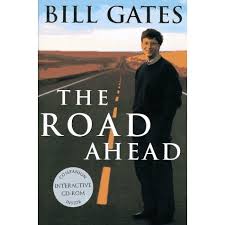Wal-Mart is the largest retailer on the planet. It had $500 billion in sales in 2017 – almost 3x the size of Amazon – and runs 12,000 stores worldwide.
This retail titan began in 1945 with founder Sam Walton managing a single store in Newport, AR, a town of 7,000 people. In this small town, Walton learned the retail and management strategies that became the foundation of Wal-Mart’s staggering worldwide growth. (Amazing that Wal-Mart now has more than one store for every person in the town in which it was founded).
Sam Walton wrote his autobiography Sam Walton: Made in America in the last year before he died, as he struggled with cancer. Made in America is a candid, energetic retelling of the Wal-Mart story and the principles that led Walton and his partners to incredible success.
If you’ve ever read The Everything Store, a deep dive into Amazon, you’ll see Amazon’s core principles reflected in Wal-Mart, half a century before Amazon and the popular internet even existed. No surprise – Made in America is one of Jeff Bezos’s essential must-read books for his management team. If you want to understand the clash of retail titans Amazon and Wal-Mart in the coming years, you have to read these books.p>
In this Made in America summary, learn:
- What Wal-Mart did in its early life that every major competitor ignored
- How Wal-Mart borrowed its competitors’ best ideas – and did them better
- Sam Walton’s favorite management tactics to motivate his team
- Why Sam Walton always flew coach
